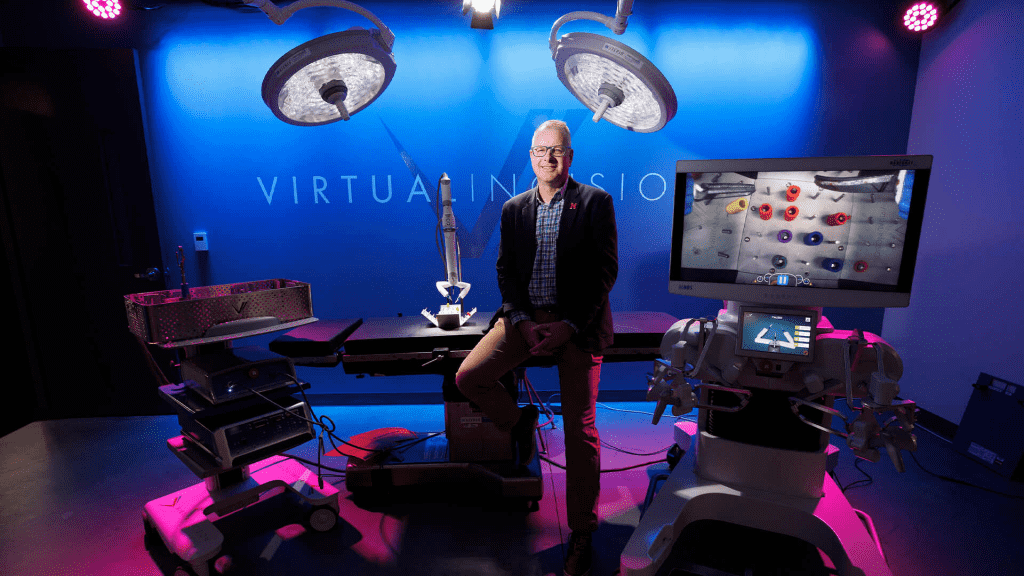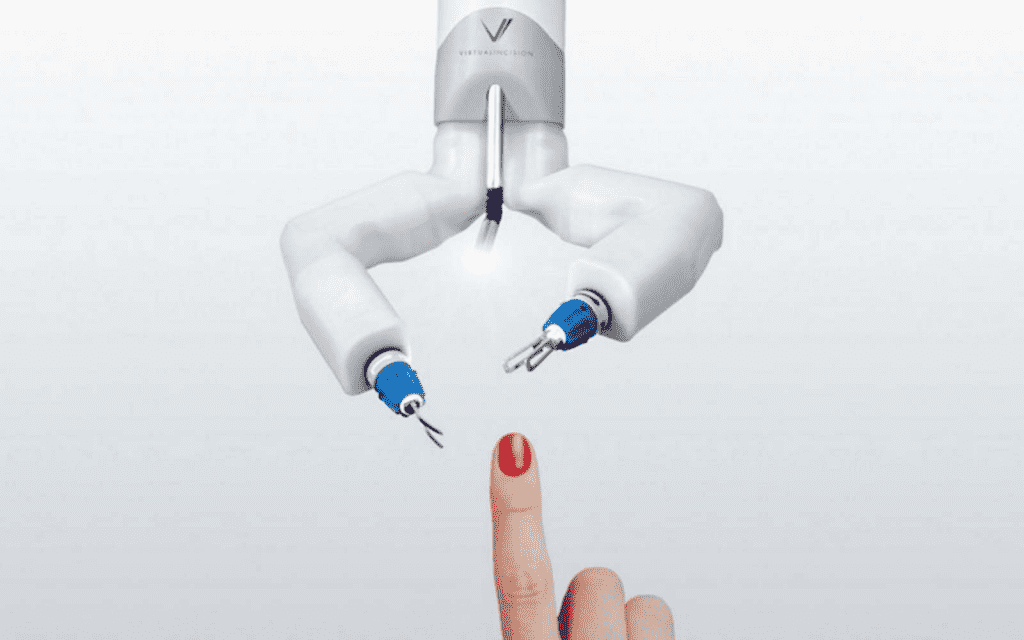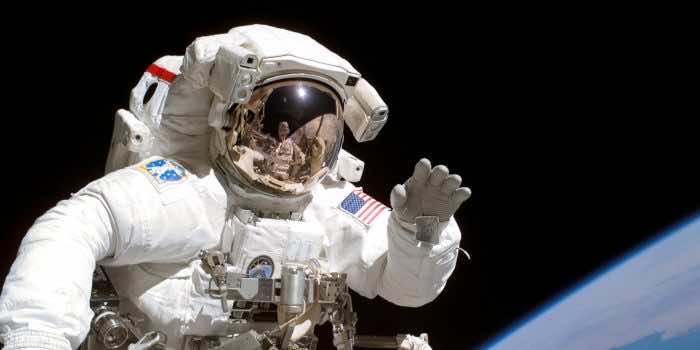Engineers at Nebraska Engineering have stepped up to develop an incredible marvel of technology that is going to shock and rock the world. You would be amazed to know that in the coming decades, we are going to witness a surgical robot that will autonomously perform the surgeries of astronauts in space and be remotely controlled by the doctors sitting on Earth. The robot named MIRA, which stands for “Miniaturized in Vivo Robotic Assistant,” has currently been in the production phase to be carried by 2024 for the test mission to the International Space Station (ISS).

One of the most interesting details of the bunch is that, to boost the determination of engineers at Nebraska in the development of this program, NASA has recently awarded Nebraska-Lincoln with $100,000 via the “Established Program to Stimulate Competitive Research (EPSCoR)”. As stated by Professor Shane Farritor from the Nebraska Institute of Engineering, “NASA has been a long-term supporter of this research and, as a culmination of that effort, our robot will have a chance to fly on the International Space Station.”
Engineers are making efforts to establish the surgical robot as a well-established player in the market. Speaking of the past phases of struggles for this robot, it is important to note that Farritor and his colleagues have been designing it for nearly 20 years, and its development would be a huge accomplishment for the technological world. All in all, Nebraska Innovation Campus incorporates a startup company known as “Virtual Incision,” which has been awarded funding of more than $100 million as an investment since 2006, which is the foundation year of this institute.

To put that into perspective, a recent experiment conducted on this ongoing surgical robot has been performed by the retired NASA astronaut “Clayton Anderson,” who controlled the robot while he was at the Johnson Space Centre located in Houston. Meanwhile, the robot was stationed about 900 miles away from Anderson’s locality and was positioned at the University of Nebraska Medical Centre in Omaha. During the experiment, he directed the robot to perform complex surgical tasks, and the results were optimistic.
Not only this, but the programming software which will be deployed into MIRA is going to be written by Farritor and Rachael Wagner, who will then test the robot against its simulations. They will also make sure by integrating the robot into the space station locker whether the system is good enough to sustain the compulsions and constraints of launch and will look for any loopholes as well. According to Wagner, “These simulations are very important because of all the data we will collect during the tests.”

Moreover, Farritor estimates that the robot will be able to conduct its operations autonomously in about 50–100 years and is currently in a programming phase. He further said, “The astronaut flips a switch, the process starts, and the robot does its work by itself. Two hours later, the astronaut switches it off, and it’s done. As people go further and deeper into space, they might need to do surgery someday. We’re working toward that goal.”


